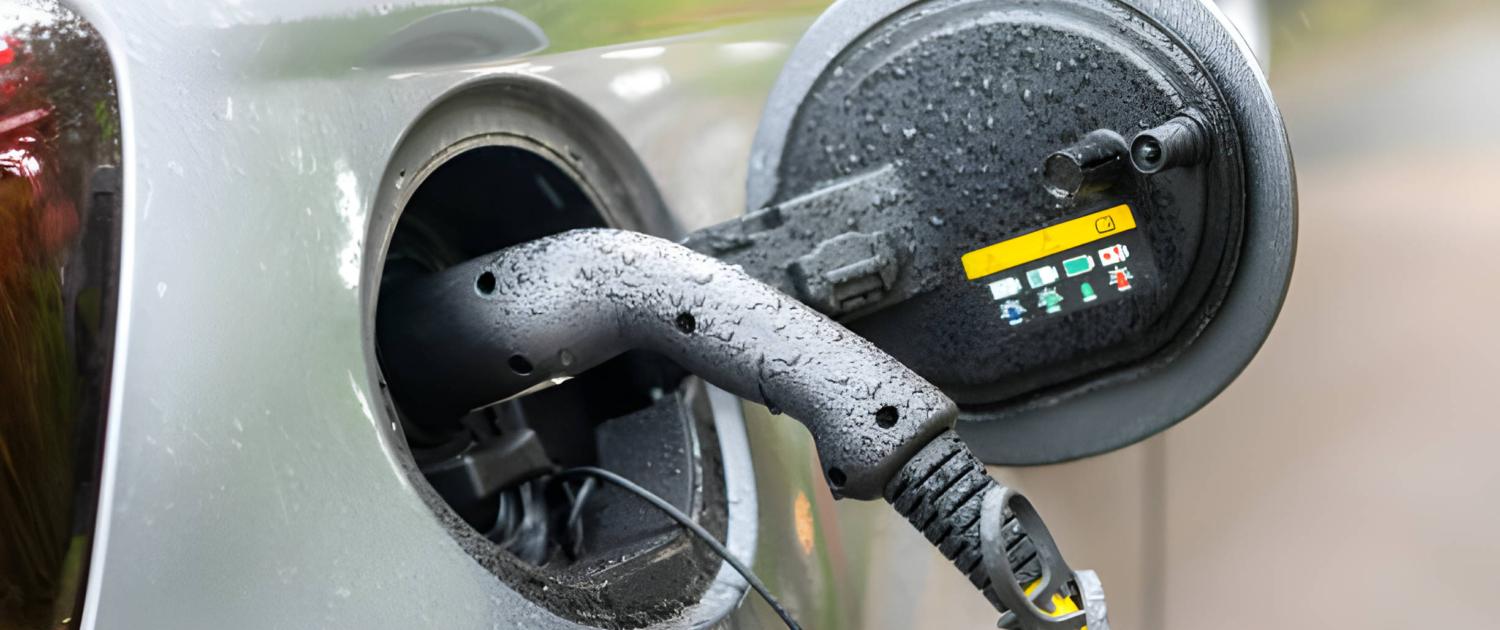Ajith Nair- August 2, 2023 / Updated- August 21, 2023
Water and electricity shouldn’t go together. So what’s the case with EVs and EV chargers in the rain? With monsoons coming down hard now, it’s a good time to discuss this.
If you’re driving an EV in the rain, you are as safe as you’d be with a regular vehicle. If you look at the way EVs are designed and the protocols they follow–it’s understandable why.
01. The Ingress Protection
Ingress Protecting rating or IP rating is a universal standard used to rate the level of protection against water, dust, or other objects. With IP 01 being protection against vertically falling condensation drops, the rating goes higher for more intense situations. (Your umbrella has an IP rating of 01 and a submarine is IP 68).
Now, the electrical components in EVs and EV chargers generally have IP 65 – IP 67 ratings. Which means they can be submerged 1m under water for 30 mins–and still be safe. This is more than anything you’d experience in a rain. And just like every other vehicle, EV machineries are tested and supervised well before sales.
02. Can I drive in heavy rains?
First and foremost–It isn’t a good idea to be out in blinding rains or a blizzard no matter what you’re driving. You’ll be safe in an EV in case of regular rains, but if you’re having to drive through deeply flooded spaces, an EV might not be the best choice. (There is no “good” choice if you’re driving in a flood).
That being said, EVs are elaborately tested for their water wading capabilities. So driving it regularly through water-logged areas will be safe. Just make sure you find a shelter for yourself and allow water to drain out of your EV.
03. Using EV chargers in the rain
EV chargers are safe to use in the rain or any kind of weather. For one, they’re designed and tested to support all-weather operations (IP 65 – IP 67). And secondly–there will be no flow of current until the onboard sensors establish a proper connection between the charger and the EV. So even with your feet submerged in water, an EV charger can be plugged into the vehicle–safely.
You may also note that charging will be suspended if any kind of water/dust intrusion is detected. But it is advised to make sure your charger is dry before using it–as a normal practice.
This information is general and advisory. We’d always recommend you consult with your EV providers to know more about the capabilities and policies of your vehicle and charger.




Leave a Reply
Want to join the discussion?Feel free to contribute!